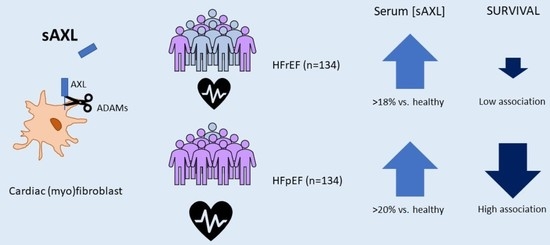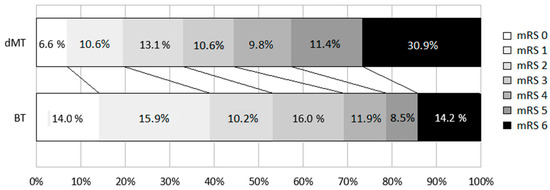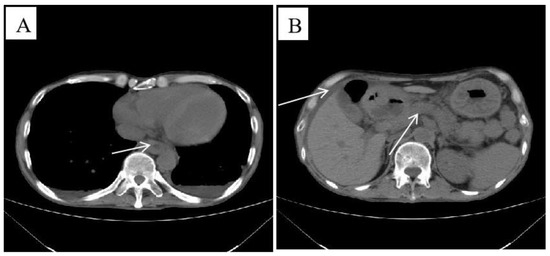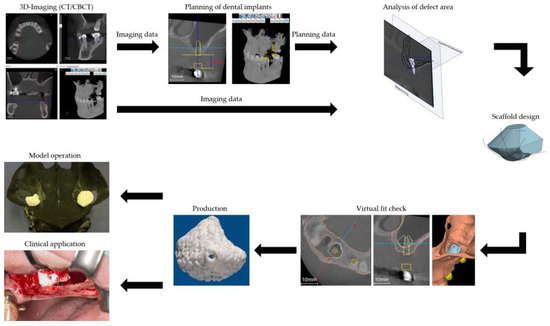J. Pers. Med. 2023, 13(3), 532; https://doi.org/10.3390/jpm13030532 - 16 Mar 2023
Viewed by 2133
Abstract
Hypoglossal-nerve stimulation (HGNS) is an established second-line therapy for patients with obstructive sleep apnea (OSA). Existing studies investigating the effect of preoperative drug-induced sleep endoscopic (DISE) findings on HGNS outcomes have mainly focused on the apnea/hypopnea index (AHI) among polysomnography (PSG) parameters, and
[...] Read more.
Hypoglossal-nerve stimulation (HGNS) is an established second-line therapy for patients with obstructive sleep apnea (OSA). Existing studies investigating the effect of preoperative drug-induced sleep endoscopic (DISE) findings on HGNS outcomes have mainly focused on the apnea/hypopnea index (AHI) among polysomnography (PSG) parameters, and have less frequently tested other PSG parameters such as the apnea index (AI), hypopnea index (HI), oxygen desaturation index (ODI), snoring index, and arousal index, or patient-reported excessive daytime sleepiness. The aim of this study was to investigate the correlation between DISE findings and the above-mentioned metrics after HGNS therapy. We only included patients with DISE findings providing detailed information about the degree of the anteroposterior velar (APV), oropharyngeal lateral wall (OPLW), or tongue-base (BT) obstruction based on the velum, oropharynx, base of tongue, and epiglottis (VOTE) classification. The data of 25 patients (9 female (36%)) were retrospectively evaluated. The mean age at the date of implantation was 54.52 ± 9.61 years, and the mean BMI was 29.99 ± 3.97 kg/m2. Spearman’s rho correlation coefficients were calculated. Significant correlations were found between the degree of APV obstruction and postoperative HI (r = −0.5, p < 0.05), and between the degree of OPLW obstruction and postoperative snoring index (r = 0.42, p < 0.05). BT obstruction was strongly correlated with postoperative metrics such as AHI (r = −0.57, p < 0.01), AI (r = −0.5, p < 0.05), ODI (r = −0.57, p < 0.01), ∆ AHI (r = 0.58, p < 0.01), ∆ AI (r = 0.54, p < 0.01) and ∆ ODI (r = 0.54, p < 0.01). No significant correlation was found between DISE findings and postoperative Epworth Sleepiness Scale values. These findings suggest that preoperative DISE findings, especially the degree of BT obstruction, are important for predicting an HGNS therapy outcome.
Full article
(This article belongs to the Special Issue Obstructive Sleep Apnea (OSA): Pathogenesis, Symptoms and Treatments)













